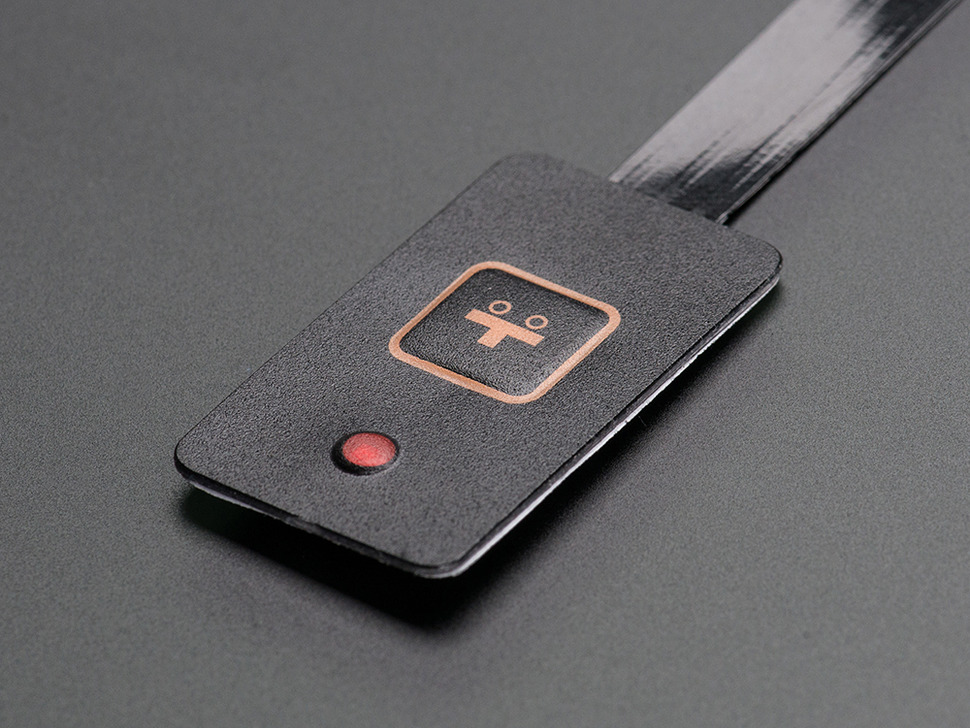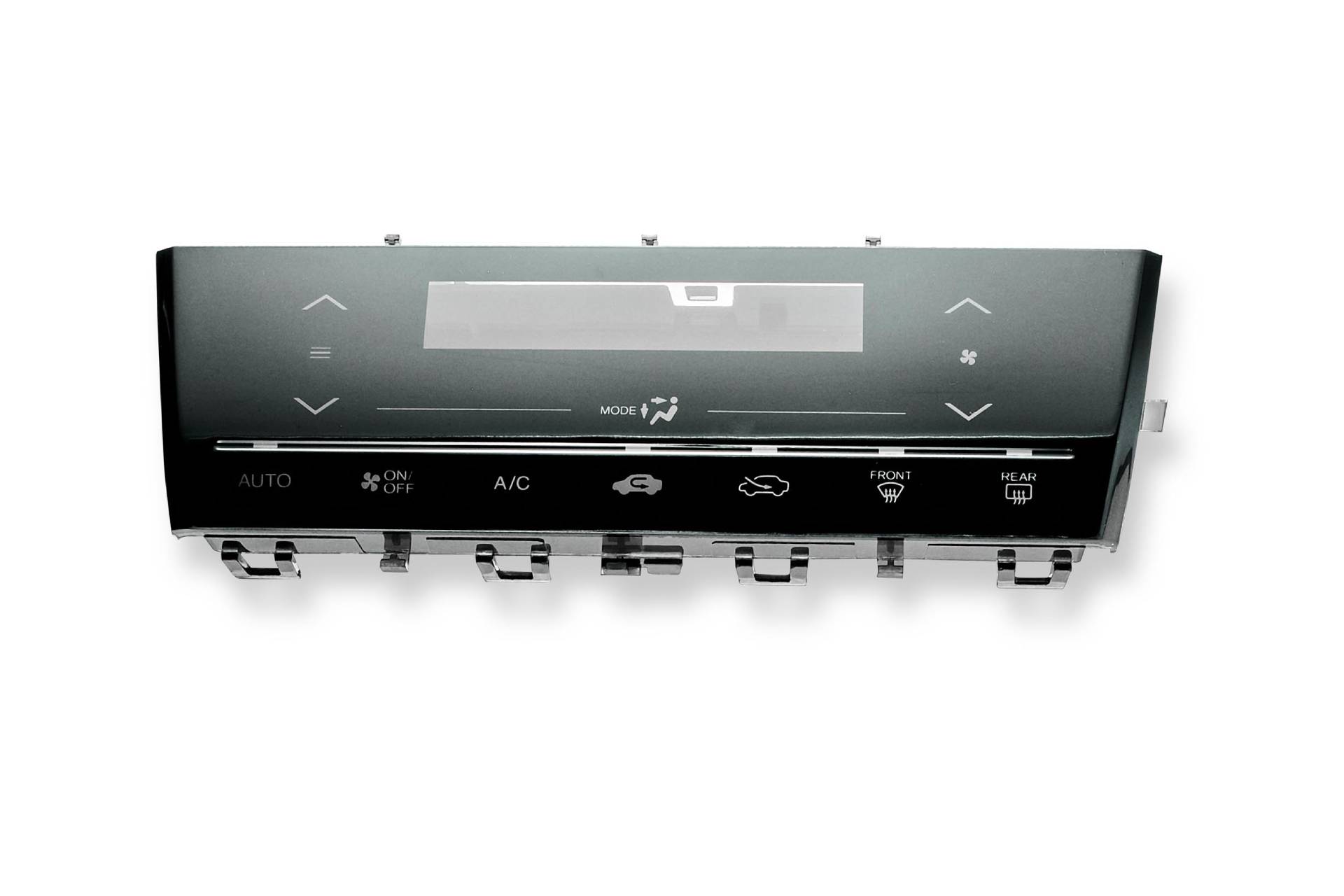Membrane Switch Manufacturer Providing Robust and Resilient Interfaces
Checking Out the Manufacturing Process of Membrane Switch for Various Industries
The production procedure of Membrane buttons is a complex venture that demands accuracy and interest to detail. From choosing proper products to executing extensive high quality control steps, each step plays an important function in guaranteeing performance. Various industries, including clinical and vehicle, depend on these elements for their one-of-a-kind applications. Comprehending the intricacies of this process exposes substantial understandings into exactly how these switches are created and their influence throughout varied sectors.
Recognizing Membrane Switches Over: An Introduction

Secret Products Used in Membrane Switch Production
In Membrane button production, the choice of key materials considerably affects functionality and resilience. Conductive materials, adhesives, and finishings play important functions, while substrate selection affects general efficiency and reliability. Recognizing these parts is vital for optimizing the layout and manufacturing of Membrane buttons.
Conductive Materials Introduction
Conductive materials play an essential duty in the performance of Membrane buttons, making certain reliable electric connections within the tool. Generally utilized materials consist of silver, copper, and carbon-based inks, each offering distinct benefits. Silver is preferred for its high conductivity and longevity, making it suitable for applications needing robust efficiency. Copper, while slightly less conductive than silver, is a cost-effective option frequently made use of in published circuits. Carbon-based inks offer a versatile option, suitable for applications where flexibility and reduced expenses are prioritized, although they have actually lower conductivity contrasted to metal choices. The selection of conductive products straight influences the overall reliability, lifespan, and performance of the Membrane button, making it an important factor to consider in the production procedure.
Adhesives and Coatings
Coatings and adhesives are vital elements in the production of Membrane buttons, giving essential bonding and protective properties. These products assure that different layers of the switch, consisting of graphic overlays and circuitry, stick securely to each other, improving longevity and performance. Commonly used adhesives include pressure-sensitive adhesives (PSAs) and epoxy-based formulations, which provide solid adhesion and resilience. Coatings, such as polyurethane or acrylic, serve to shield versus ecological variables, including dampness, abrasion, and chemicals. Additionally, finishings can boost responsive responses and aesthetic allure, contributing to the overall customer experience. The option of suitable adhesives and layers is important for enhancing performance and durability in varied applications throughout numerous industries, making sure that Membrane switches over satisfy certain operational needs.
Substratum Option Aspects
Substratum option plays an important role in the production of Membrane switches, as it substantially affects their general efficiency and sturdiness. Secret products such as polyester, polycarbonate, and adaptable published motherboard (FPCBs) are commonly utilized for their distinctive homes. Polyester is favored for its cost-effectiveness and resistance to abrasion, making it suitable for applications with high wear. Polycarbonate deals exceptional clarity and influence resistance, suitable for settings requiring high exposure. FPCBs offer improved adaptability and are usually utilized in complex designs. The option of substratum also affects elements like thermal stability, chemical resistance, and convenience of printing. Inevitably, selecting the appropriate substratum is critical for making certain the capability and durability of Membrane switches over throughout various sectors.
The Layout Refine of Membrane Switches
The design procedure of Membrane buttons is an essential phase that considerably affects the performance and looks of the end product - membrane switch manufacturer. It begins with specifying the specific demands of the application, including measurements, switch format, and tactile comments preferences. Developers have to think about customer communication, making certain that the switch is user-friendly and accessible.Next, materials are chosen based on longevity, versatility, and ecological resistance. The assimilation of graphics and branding components is additionally necessary, as it enhances aesthetic allure and interaction. Prototyping enables iterative testing, allowing changes based on user feedback and efficiency evaluations.Additionally, the style needs to represent the electrical parts, such as circuits and ports, guaranteeing reliability and simplicity of usage. Ultimately, an effective style integrates performance, aesthetic appeals, and individual experience, paving the means for effective production and long-lasting efficiency in various sectors
Printing Techniques for Membrane Switches Over
The printing methods used in Membrane switch manufacturing play an essential duty in establishing the end product's top quality and performance. Screen printing provides advantages such as durability and dynamic color application, while electronic printing developments provide adaptability and precision in style. Recognizing these techniques can greatly affect the general efficiency of Membrane switches in different applications.
Screen Printing Benefits
Various benefits make screen publishing a favored strategy for producing Membrane buttons. This technique permits premium, lively shades and thorough designs, which are vital for user interface applications. Display printing is particularly reliable for applying thick ink layers, enhancing durability and responsive responses. On top of that, it supplies superb adhesion to numerous substrates, guaranteeing durability official statement popular settings. The process is cost-effective for large manufacturing runs, as it reduces arrangement time and waste. Display printing sustains a wide range of inks, consisting of specialty and UV-curable alternatives, making it possible for convenience in design. Its capacity to produce consistent outcomes across multiple systems makes it a trustworthy option for manufacturers going for quality and performance in Membrane switch production.
Digital Printing Innovations

Developments in electronic printing modern technology are transforming the manufacturing of Membrane switches, supplying makers ingenious services that enhance design adaptability and performance. Digital printing permits high-resolution graphics and intricate styles, enabling customized branding and capability without the restrictions of traditional approaches. This method reduces arrangement times and prices, promoting much shorter production runs and minimal waste, making it suitable for companies with differing needs. Furthermore, innovations in ink solutions supply far better sturdiness and attachment, ensuring long life in numerous settings. As industries progressively seek individualized and intricate designs, digital printing attracts attention as a vital strategy, establishing a new requirement in Membrane button production. The assimilation of these developments settings suppliers to fulfill evolving market requires efficiently.
Assembly and Layering of Membrane Switch Elements
Cautious setting up and layering of Membrane button components are vital to ensuring capability and durability. This process begins with the accurate positioning of different layers, including the graphic overlay, adhesive, circuit layer, and backing product. Each part has to be meticulously placed to keep electrical honesty and user interface responsiveness.During assembly, conductive traces are used to the circuit layer, commonly made from products like polyester or polycarbonate. This layer is important, as it beams when stress is used. The sticky made use of for bonding these layers is also picked for its capacity to endure environmental stresses while keeping a secure bond.Heat and stress are usually used during the assembly procedure to identify that the layers adhere effectively Going Here without endangering the capability of the button. Finally, focus is provided to the edge securing to shield versus moisture and pollutants, securing the long life of the Membrane button in different industrial applications.
Quality Assurance Measures in Membrane Switch Production
Quality assurance procedures play a vital role in guaranteeing the reliability and efficiency of Membrane switches over following the assembly and layering of their components. In the manufacturing procedure, several vital assessments are performed to copyright top quality standards. These include Discover More visual examinations for problems in printing and sticky application, along with functional examinations to verify the responsiveness of each switch.Additionally, ecological testing is done to analyze the switches' sturdiness versus temperature fluctuations and humidity direct exposure. Manufacturers often carry out statistical procedure control (copyright) methods to check manufacturing consistency, enabling early detection of anomalies.Furthermore, traceability systems are established to track products and components, making sure liability and promoting remembers if needed. Calibration of tools and adherence to industry requirements are additionally vital to preserving item honesty. Collectively, these quality control actions secure the performance of Membrane switches over across various applications, ultimately boosting consumer fulfillment.
Applications of Membrane Switches Over Throughout Different Industries
Membrane switches are made use of across a varied array of industries, showcasing their versatility and flexibility. In the clinical market, they give water resistant and trusted user interfaces for gadgets such as diagnostic tools and mixture pumps, ensuring hygiene and simplicity of use. The auto sector utilizes Membrane switches for dashboard controls, allowing seamless interaction between the chauffeur and vehicle systems.In customer electronic devices, these switches are located in home appliances and handheld devices, offering a smooth, modern-day visual while enhancing capability. Industrial applications likewise leverage Membrane switches over for equipment control panels, where durability and resistance to rough conditions are essential.Furthermore, the aerospace and defense markets make use of Membrane buttons for cockpit instrumentation and communication systems, focusing on dependability and performance under severe problems. In general, Membrane switches play a critical function in boosting the individual experience and functional efficiency throughout numerous domains.
Frequently Asked Inquiries
The length of time Does It Require To Produce a Membrane Switch?
The production time for a membrane switch generally ranges from a few days to numerous weeks - membrane switch manufacturer. Elements affecting this period consist of design complexity, product accessibility, and production quantity, all impacting the overall timeline substantially
What Is the Common Life-span of a Membrane Switch?
The normal life expectancy of a membrane layer button generally ranges from 1 to 5 million actuations, relying on aspects such as worldly quality, environmental conditions, and use frequency, significantly affecting durability and overall performance.
Can Membrane Switches Be Personalized for Particular Applications?
Membrane switches can certainly be personalized for certain applications. Their layout versatility permits modifications in size, shape, colors, and graphics, making sure compatibility with one-of-a-kind needs throughout numerous sectors and enhancing performance and individual experience.

Are Membrane Changes Eco-friendly?
The ecological effect of Membrane changes differs. Some materials made use of may not be green, while improvements in manufacturing processes are increasingly focusing on sustainability, intending to minimize waste and promote recyclable elements in their production.
What Are the Typical Failing Settings of Membrane Buttons?
Typical failing modes of Membrane buttons consist of delamination, sticky failing, wear and tear from usage, wetness access, and electric failings. These problems can significantly influence performance, efficiency, and life-span in numerous applications across various markets. Membrane buttons can be customized to fit specific design needs, such as size, form, and capability, making them extremely adaptable.The building and construction usually includes several layers, consisting of a visuals overlay, glue, and a circuit layer, which function with each other to develop a seamless individual experience. In Membrane switch manufacturing, the option of vital products greatly affects performance and sturdiness. The auto industry utilizes Membrane switches for control panel controls, making it possible for seamless interaction between the driver and vehicle systems.In consumer electronic devices, these switches are located in devices and handheld devices, providing a streamlined, modern-day aesthetic while improving capability. Industrial applications also leverage Membrane changes for machinery control panels, where sturdiness and resistance to rough conditions are essential.Furthermore, the aerospace and protection markets utilize Membrane buttons for cockpit instrumentation and communication systems, focusing on dependability and efficiency under severe problems. Membrane buttons can undoubtedly be personalized for particular applications.